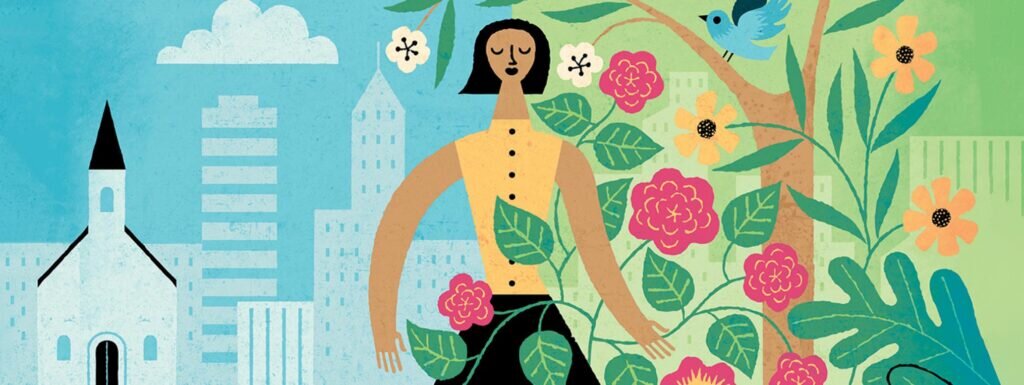Friday Links, March 12, 2012
The Word in the Last Gospel, how speaking the truth isn't enough in apologetics, how to evaluate gift work; the strengths of Hemingway's writing; and a manuscript illumination of the month of March.
The Last Gospel Speaks the First Word of Faith
Michael Rennier, Dappled Things Web Editor and contributor, introduces the linked article by Donald Demarco at Adoremus by writing, "Goethe and the translation of 'The Word.'"
“The Last Gospel may have lost a great deal of its liturgical status. It has not, however, lost either its theological or philosophical significance. As the Word, it avoids the one-sidedness of the Cartesian, Nietzschean, and Marxist heresies, while opening the door to a rich and profound meditation that unites the Beginning with the Redemption. The Last Gospel represents the Alpha and the Omega of the Christian story."
I’m a philosopher. We can’t think our way out of this mess.
Katy Carl, DT Editor in Chief, recommends this article, which is liked by Josh Nadeau, Associate Editor, and Michael Rennier.
“I’m throwing in my lot with the poets and painters, the novelists and songwriters. It’s not that I’ve given up on truth. It’s just that I’m less confident we’ll think our way out of the morass and malaise in which we find ourselves. Analysis won’t save us. And the truth of the gospel is less a message to be taught than a mystery enacted."—James K. A. Smith
Gift-Work Becomes Women's Work: What women, artists, and the clergy have in common
Katy Carl recommends this post by Leah Libresco Sargeant at Other Feminisms.
“Last week, I wrote an op-ed in The New York Times to rebuke senators who felt parents needed to work outside the home to be doing 'real work.' My op-ed was focused on [sic] child allowance policy, but I think the senators’ error is part of a pattern. It’s the kind of mistake you make when the market is the only language you have to talk about work or value."—Leah Libresco Sargeant
A Death in the Afternoon
Katy Carl recommends this article about Ernest Hemingway's writing, by Tobias Wolff at The New Yorker.
“What stands out in Ernest Hemingway’s short stories is their humanity, their feeling for human fragility. . . The complex undercurrents of Hemingway’s stories eluded me, but I responded to the plain clarity of their narratives, and their sheer physicality: the coldness of a stream; the pounding of a tent stake into the ground; the smell of canvas inside that tent; the threading of a fishhook through a grasshopper’s thorax; the taste of syrup from a can of apricots; or how it felt to trail your hand in the water from a moving canoe."—Tobias Wolfe
March from the Da Costa Hours
I recommend the above-linked article from the Digital Medievalist, which explains a charming illumination from the Da Costa Hours of this month of March. This book of hours included the Little Hours of the Blessed Virgin Mary, the Office of the Dead, and a calendar.
Illuminator Simon Bening unusually illustrated the calendar with full-page depictions of the "labors of the months"—which had not been attempted since the illustrations of landscapes in the Très Riches Heures of Jean Duc de Berry about one hundred years earlier. This book of hours was made for a member of the Portuguese Sá family, and passed to King Manuel's armorer, Alvaro da Costa, for whom the manuscript is named.






